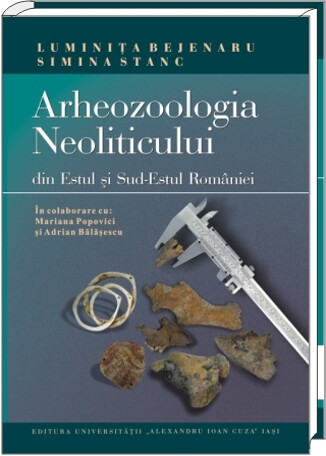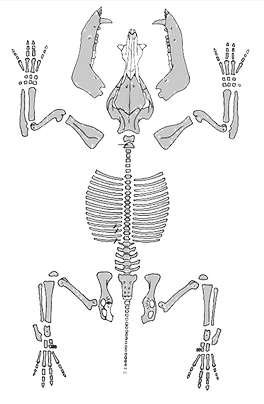The archaeozoology studies the fauna remains which are identified by the archaeological research. This research theme aims to study the suines remains (domestic pig and wild boar) from an archaeozoological, morphometric and paleogenetic perspective; these remains are the products of different activities (nutrition, rituals, handcraft), realized by the ancient human populations of the Romanian territory, remains which are, for the most part, closely connected to the human behaviour.
The archaeozoological research proposed here will try to identify some local centres for domesticating the wild boar in the Neo-Eneolithic civilizations, the way this domesticated form had spread out and also the way the domestic pig had participated to the development of the livestock, since the Neolithic and up to the Middle Age. The archaeozoological data will be correlated with the archaeological ones, in order to characterize the agricultural practices on the Romanian territory.
In several countries there are many research projects studying the problem of the first procedures of domesticating animals in the prehistory, and also the spread of the first domesticated species in the European space. In this project, we will realize the first studies of paleogenetics and geometrical morphometry over the ancient fauna of Romania, and the results will be integrated in the international data for the rest of the Europe.


